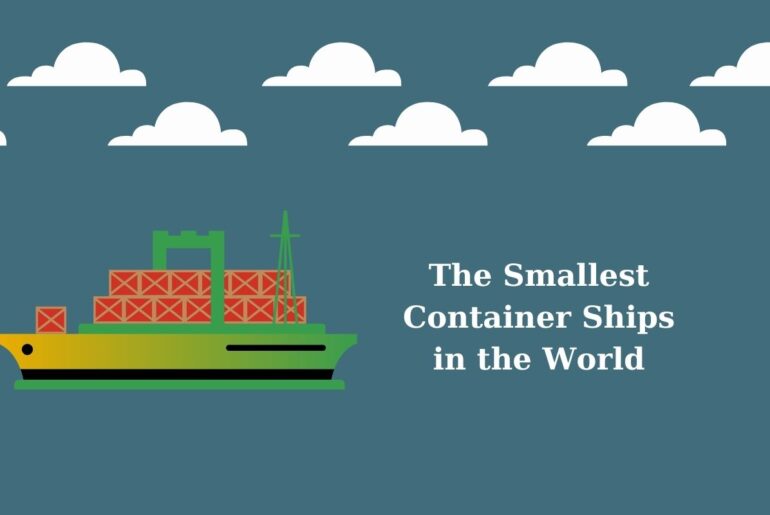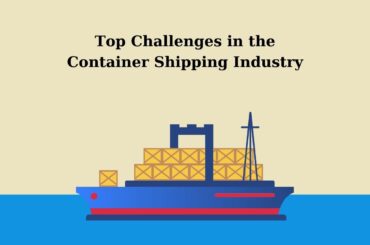At first glance, global trade might conjure images of the smallest container ships plying ocean waters en route to their destinations. Still, another notable subset exists as part of an intricate logistics web: feeder vessels are fascinating smallest container ships that play an integral role in shipping operations. Let’s embark on an investigation of this magnetic component of shipping logistics!
Defining the Smallest Container Ships
Feeder ships represent a category of smaller container ships that typically range in size from several hundred TEUs (Twenty-foot Equivalent Units) up to 1,500 TEUs (Twenty-foot Equivalent Units). Although their dimensions are often overlooked compared to larger counterparts, feeder vessels play a pivotal role in maritime logistics operations.
Feeder vessels serve as the connecting link between smaller regional ports and more significant hub ports. While larger container ships dominate major trade routes and ports, feeder vessels are integral in moving goods around the globe by transporting containers between smaller ports to more significant hubs.
Though feeder vessels lack the size and scale of mega-container ships, their efficiency makes up for it in their compact form. Their smaller size affords them maneuverability, which enables them to navigate crowded ports more easily while reaching locations otherwise inaccessible to larger vessels – streamlining the distribution of goods seamlessly and ensuring their ultimate destination is reached seamlessly.

The Strategic Significance of Feeder Vessels
One of the hallmarks of the smallest container ships is their ability to provide essential connectivity links in global trade networks. Feeder vessels help increase trade with remote and underdeveloped regions, thereby supporting economic development while creating greater inclusivity within international commerce by servicing smaller ports that larger ships cannot reach.
Optimizing Operations
Feeder vessels play a vital role in streamlining logistics chains. Their operations revolve around efficiently transporting containers between smaller ports and larger ships while reducing delays and optimizing overall shipment processes – this enhances overall supply chain efficiency while decreasing costs and transit times.





